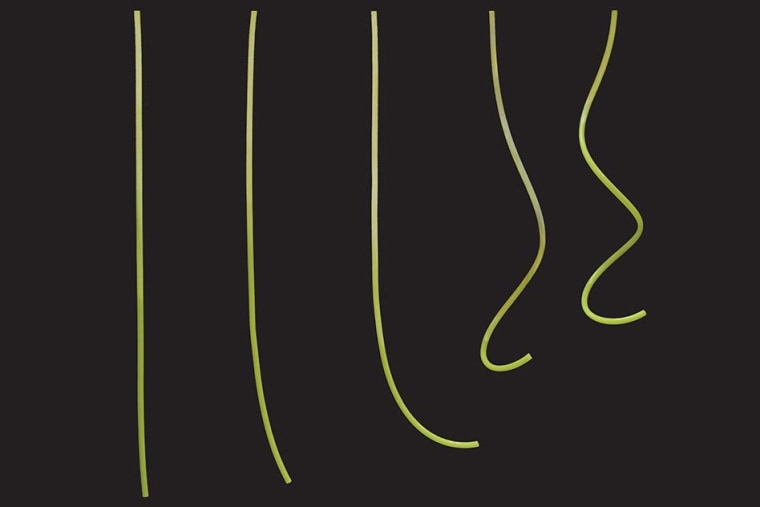The first detailed model of a 3D strand of curly hair has been created, a development that could be a boon for the film and computer animation industries, researchers say.
Previously, scientists had no simple mathematical way to describe the motion of curly hair, including the way curls bounce as they move around. As such, many animated characters had hair that was either rigidly straight or only swung from side to side. Now, researchers at MIT, in Cambridge, Mass., and the Université Pierre-et-Marie-Curie (UPMC), in Paris, are teasing out the physics of curly hair.
To build their model, the scientists used flexible rods to examine varying degrees of curliness. [The Mysterious Physics of 7 Everyday Things]
"Our work doesn't deal with the collisions of all the hairs on a head, which is a very important effect for animators to control a hairstyle," study co-author Pedro Reis, an assistant professor in MIT's department of civil and environmental engineering, said in a statement. "But it characterizes all the different degrees of curliness of a hair and describes mathematically how the properties of the curl change along the arc length of a hair."

Reis did not originally intend to figure out the physics of hair, but as he examined the curvature of thin, flexible rods in his lab, he recognized similarities between these curves and the properties governing strands of curly hair hanging from a head.
The model could help computer animators make curly hair look more realistic in movies.
"The mathematician [Leonhard] Euler first derived the equation for a slender elastic body — like a hair strand — in 1744," study co-author Basile Audoly, a researcher at UPMC, said in a statement. "Even though the equations are well-known, they have no explicit solution, and, as a result, it is challenging to connect these equations with real shapes."
Beyond curly hair, the model could be used to predict the curves of tubes, cables, or the types of steel pipes used in the oil industry, the researchers said.
The detailed findings were published Feb. 13 in the journal Physical Review Letters.
- Denise Chow, LiveScience
Follow Denise Chow on Twitter @denisechow. Follow Live Science @livescience, Facebook & Google+. Original article on Live Science.
- Twisted Physics: 7 Mind-Blowing Findings
- What's That? Your Physics Questions Answered
- 5 Seriously Mind-Boggling Math Facts
Copyright 2014 LiveScience, a TechMediaNetwork company. All rights reserved. This material may not be published, broadcast, rewritten or redistributed.
